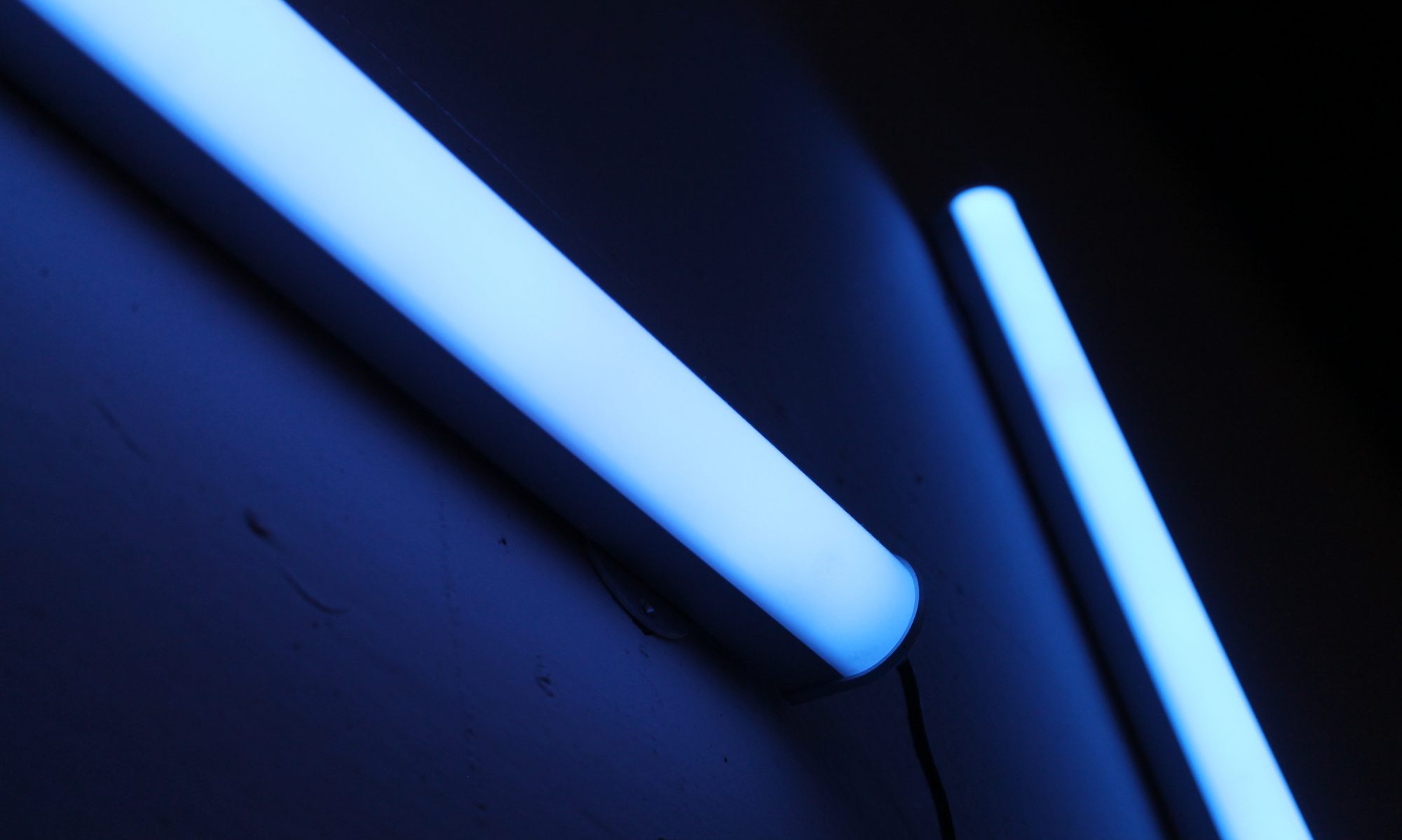UV Design Germany offers a calibration service and will gladly calibrate the products purchased on an annual basis. We process calibrations as soon as possible after receipt. In urgent cases, please contact us in advance.
The calibration service is performed according to DIN EN ISO/IEC 17025; the laboratory refers in the optical measurement range radiant power, radiance and radiance intensity to a Heraeus measured 1 KW lamp unit “Test report 08/2021 # 24246_4”. Traceability is therefore guaranteed.
Send devices for the calibration service to our address found in the impress. Make sure that you enclose a delivery note with the package so that we can assign the order to the shipment.
Please understand that we will not offer a calibration service to illegal copies of equipment from UV-Design Germany, that is increasingly being circulated from the Far East. If you are unsure about the status of your device, contact us and include photos of the device. We will check the authenticity and can accommodate you if the device is a counterfeit.

Explanation of different measurement results of different integrator manufacturers
Since each integrator manufacturer has its own sensor design characteristics, there are inevitably serious differences in the measurement results under the same UV radiation performance. Let’s assume a normal mercury lamp only once.
The following are just a few examples:
- A manufacturer uses a selective photodiode of 230 – 400 nm for the measurement.
- Another manufacturer uses a photo tube from 230 – 420 nm for the measurement.
- And a third manufacturer uses a combination of photodiode and UV filter of 250 – 410 nm for the measurement.
Even more serious measurement differences can be observed with radiators that are “iron-doped or gallium-doped”.
Since all these measurement set-ups inevitably have different filter curves, but all want to measure the same thing, there are clear differences in the measurement results.
And since we decided in 2006 to come as close as possible to the standard with our calibration values, we purchased an electronic ballast with a 1 kW UV mercury lamp.
This unit brings us to Heraeus, which is an accredited measuring laboratory for spectral measurement of our lamp unit. This spectral measurement curve – taken at a distance of 50 cm from the center of the lamp – is stored in an Excel file. The integral of a desired spectral range can now easily calculated from this file.
For instance:
- UV-C: 230 – 280 nm = 9,7 mW/cm²
- UV-B: 280 – 315 nm = 7,3 mW/cm²
- UV-A: 315 – 420 nm = 9,4 mW/cm²
Results in a second value of 26,4 mW/cm²
With our UV Integrator you get 26.4 * 10 = 264 mJ/cm² after 10 seconds of exposure. The mother integrator is calibrated with these values. We now use this in conjunction with a UV dryer to calibrate all our integrators in comparison mode.

